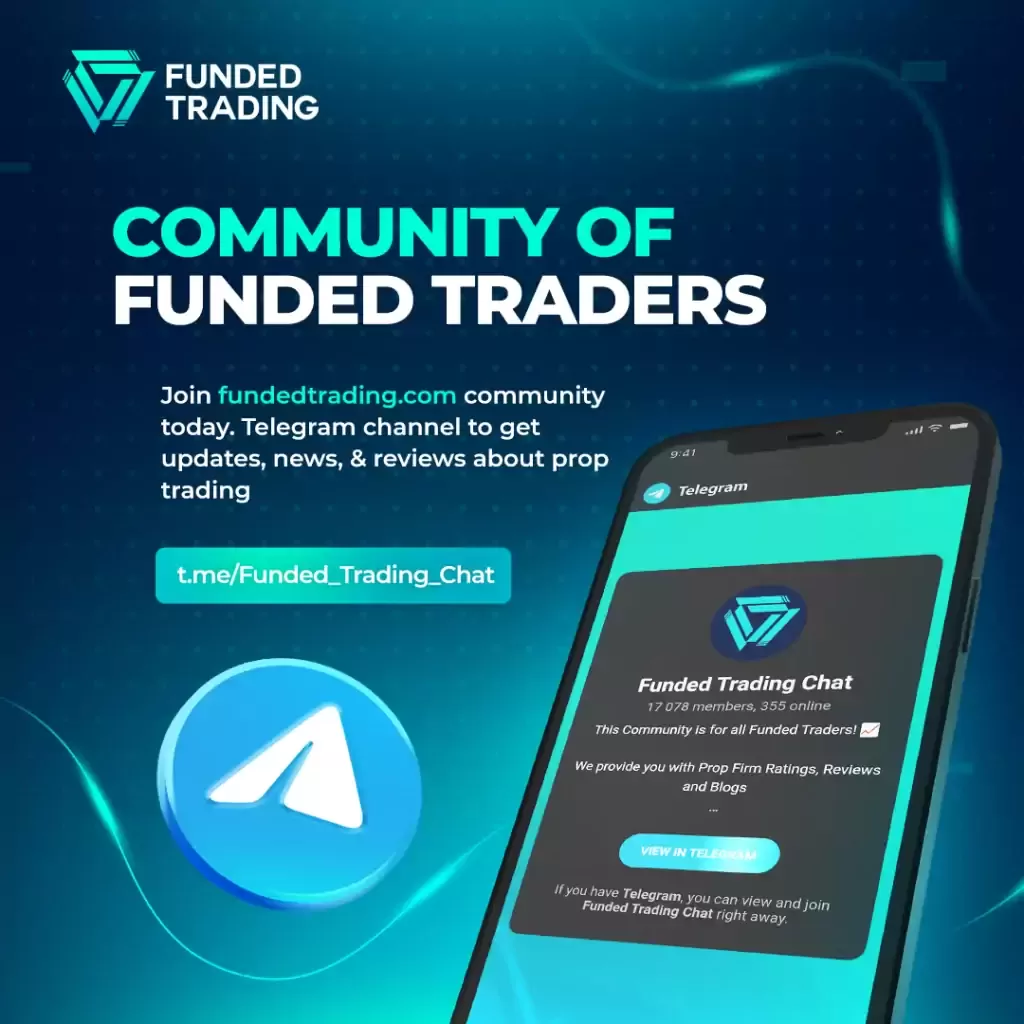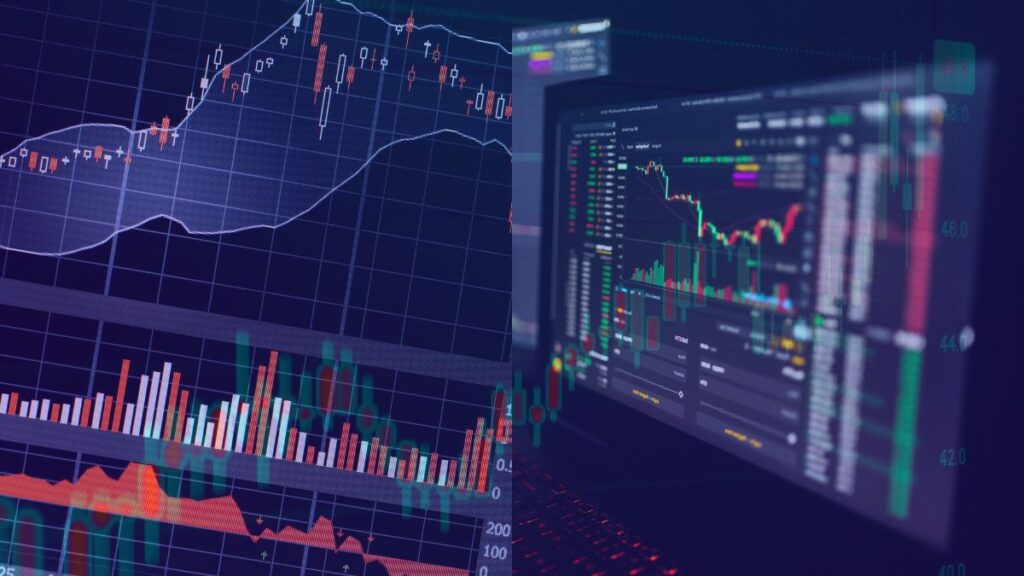Introduction
Navigating the financial markets can often feel like sailing in uncharted waters, especially when they’re stirred by the winds of economic news. In today’s fast-paced trading environment, the release of economic data can dramatically swing markets, turning ordinary volatility into a whirlwind of opportunity and risk. For traders, understanding how to effectively trade the economic news in these volatile conditions is not just an advantage—it’s a necessity.
Economic news refers to a broad range of information, including government reports, economic indicators, and global events, all of which can significantly impact market trends and investor sentiment. When this news hits the market, it can lead to sudden and significant price movements, offering both challenges and opportunities for traders.
In this comprehensive guide, we’ll dive into the intricacies of trading based on economic news in volatile markets. We’ll explore the types of economic news that matter most to traders, dissect the challenges presented by market volatility, and provide practical strategies to harness these elements to your advantage. Whether you’re a seasoned trader or just starting out, this post will equip you with the insights and tools you need to navigate the choppy waters of market volatility with confidence.
Understanding Economic News
At the heart of every significant market movement, there’s often a piece of economic news steering the ship. But what exactly is economic news, and why does it hold such sway over financial markets? Economic news encompasses a wide array of information related to the economic health of a country or region. This can include government-issued reports, policy changes, economic forecasts, and events that have the potential to influence the global economy.
Types of Economic News
Economic news can be broadly categorized into several types, each affecting the markets in unique ways:
- Government Reports and Indicators: These are official data releases that provide insights into a country’s economic health. Key reports include Gross Domestic Product (GDP) figures, unemployment rates, and inflation data.
- Central Bank Decisions: Interest rate decisions, monetary policy changes, and economic outlook statements from central banks like the Federal Reserve or the European Central Bank can cause significant market movements.
- Political Events: Elections, policy announcements, and geopolitical tensions can create uncertainty or confidence in the markets, leading to volatility.
- Global Events: Events like trade agreements, international disputes, or global crises (such as a pandemic) can have far-reaching impacts on the global economy.
Impact of Economic News on Markets
The impact of economic news on markets is profound and multifaceted:
- Direct Impact: Certain news, like interest rate changes, directly affects asset prices. For example, a hike in interest rates might strengthen the country’s currency but could negatively impact the stock market.
- Sentimental Impact: Economic news can shape market sentiment, driving investors towards risk-averse or risk-on behaviors. Positive news can boost confidence, leading to buying pressure, while negative news can trigger sell-offs.
- Long-Term Trends: While some news affects markets momentarily, other information can set the tone for long-term market trends. For instance, consistent job growth might signal a strengthening economy, influencing long-term investment strategies.
Understanding the nuances of economic news is crucial for traders. It’s not just about knowing the numbers but comprehending their broader implications.
Challenges of Trading in Volatile Markets
Trading in volatile markets is akin to navigating a ship through a storm. The unpredictability and rapid changes can be daunting, even for experienced traders. Volatility refers to the degree of variation in the price of a financial instrument over a short period. While it can create lucrative opportunities, it also presents a unique set of challenges.
Understanding Market Volatility
- Rapid Price Fluctuations: In volatile markets, prices can swing wildly within a short period. This unpredictability makes it challenging to anticipate market movements and execute timely trades.
- Increased Risk: Volatility amplifies risks. The potential for large gains is often matched by the possibility of significant losses, especially if trades are not properly managed.
- Emotional Trading: High volatility can lead to emotional trading decisions, such as panic selling or impulsive buying, often to the detriment of long-term strategies.
- Overtrading: The allure of quick profits in a volatile market can lead to overtrading, where traders make more trades than necessary, increasing transaction costs and risk exposure.
Role of Economic News in Market Fluctuations
Economic news is a primary driver of market volatility. The release of significant economic data or news can lead to immediate and sharp reactions in the market. For instance, an unexpected rise in unemployment rates may trigger a sell-off in the stock market, or a favorable trade deal announcement might boost a currency’s value.
Traders must be adept at interpreting economic news and understanding its potential impact. However, the challenge lies in the fact that market reactions to news can be unpredictable and varied. Sometimes, the market may react contrary to what one might expect, as traders might have already ‘priced in’ the news.
Navigating the Challenges
Successful trading in volatile markets requires a robust strategy, sound risk management, and an understanding of market psychology. Traders need to stay informed, react swiftly, yet avoid impulsive decisions driven by market noise. It’s also essential to recognize the difference between short-term fluctuations and long-term trends, as reacting to every price movement can lead to rash decisions and increased risk.
Key Economic Indicators for Traders
Navigating the volatile market waters requires an in-depth understanding of the economic indicators that act as guiding stars for traders. These indicators provide crucial insights into a nation’s economic performance and can significantly sway financial markets. Let’s delve into the most critical indicators that traders should monitor.
Gross Domestic Product (GDP)
GDP stands as the cornerstone of economic health measurement, encapsulating the total value of goods and services produced by a country. An increasing GDP usually signals a robust economy, fostering investor confidence and potentially uplifting the stock market.
Unemployment Rate
This rate reflects the percentage of the active workforce that is jobless yet seeking employment. Elevated unemployment levels often point to economic turmoil, casting a shadow on market sentiment and potentially leading to a bearish outlook.
Inflation Data
Inflation, captured through indices like the Consumer Price Index (CPI) and Producer Price Index (PPI), gauges the pace at which prices for goods and services rise. Central banks scrutinize this data to shape monetary policies, influencing everything from currency values to interest rates.
Interest Rate Decisions
The interest rates set by central banks are pivotal in dictating currency valuations. Higher rates can lure foreign investment, boosting demand for the currency, while lower rates might have the opposite effect.
Retail Sales
A measure of consumer expenditure on goods, retail sales are a thermometer for consumer confidence and economic vitality. Strong retail sales often invigorate stock markets and can fortify the national currency.
Manufacturing and Services PMI
The Purchasing Managers’ Index (PMI) for manufacturing and services sectors is a barometer of economic health. A PMI above 50 signifies sector expansion, often heralding positive news for the stock market.
Merely understanding these indicators isn’t enough; traders must also master their interpretation. This involves considering the broader economic context, measuring actual data against market expectations, and recognizing the varying impacts on different asset classes.
Armed with knowledge of these indicators, traders can more confidently chart their course through the often tumultuous seas of volatile markets. In the following sections, we will explore strategies for trading based on these indicators, focusing on seizing opportunities and mitigating risks.
Strategies for Trading Economic News in Volatile Markets
In the world of trading, timing is everything, especially when it comes to economic news. Trading around the time of major economic news releases requires a strategic approach. The first of these strategies is the pre-news release trading strategy, which involves actions taken before the actual news hits the market.
Pre-News Release Trading Strategy
The cornerstone of the pre-news release strategy is anticipation. Traders need to be well-informed about upcoming economic news, such as GDP reports, inflation data, or central bank announcements. Economic calendars are essential tools here, helping traders stay ahead of important dates.
Analyzing Market Sentiment
Before the news release, it’s crucial to gauge the market sentiment. This involves analyzing how the markets are expected to react to the news. Are investors feeling bullish or bearish? What is the general expectation regarding the news? Such insights can be gleaned from market commentaries, financial news, and analysis reports.
Positioning Trades
Based on the anticipated news and market sentiment, traders can position their trades. This might involve setting up trades that will benefit from the expected market movement. For example, if the market expects positive news, a trader might take a long position in relevant assets.
Risk Management
Risk management is vital in the pre-news release strategy. This involves setting stop-loss orders to protect against unexpected market movements. Traders should also be wary of leverage, as high leverage can amplify losses in case the market moves against their expectations.
Keeping an Eye on Technical Indicators
While the focus is on the upcoming news, technical indicators should not be ignored. They can provide additional insights into market trends and potential reversal points. Indicators like moving averages, RSI (Relative Strength Index), and support/resistance levels can be particularly helpful.
The pre-news release trading strategy is about preparation and anticipation. By understanding what news is coming and analyzing how the markets might react, traders can position themselves to take advantage of potential market movements while keeping risk in check.
Tips for Beginners in Economic News Trading
Embarking on the journey of economic news trading can be both exhilarating and daunting for beginners. To navigate this landscape successfully, a combination of education, strategy, and risk management is essential.
Building a Strong Foundation
A strong foundation is crucial. This begins with a thorough education in the basics of economic news and its impact on markets. Understanding different types of economic news, typical market reactions, and fundamental trading principles sets the stage for informed decision-making. Alongside this, staying regularly informed about financial news and updates is vital. Leveraging tools like economic calendars helps in keeping track of significant economic events.
Crafting and Testing Your Strategy
Developing a clear trading strategy tailored to individual goals and risk tolerance is another critical step. This strategy should outline objectives, the preferred trading style, and risk management measures. For practical experience, simulation or demo accounts offered by many trading platforms are invaluable. They provide a risk-free environment to test strategies and build confidence.
Embracing Risk Management
Risk management is a cornerstone of successful trading. Beginners must learn to set stop-loss orders effectively, invest within their means, and avoid excessive leverage. Equally important is emotional control. The volatile nature of trading, especially in response to economic news, can lead to stress and impulsive decisions. Cultivating a mindset that balances patience with discipline is key to managing these challenges.
The Path of Continuous Learning and Adaptation
Learning in trading is an ongoing process. Reflecting on both successful and unsuccessful trades is a way to glean insights and refine strategies. The dynamic nature of markets necessitates an adaptable approach, open to evolving strategies as experience grows. Additionally, engaging with educational resources like trading forums, webinars, and courses keeps traders updated and broadens their understanding.
Networking within the Trading Community
Finally, connecting with the trading community can be incredibly beneficial. Networking with fellow traders provides opportunities to gain insights, share experiences, and receive support. Platforms like social trading networks can be particularly useful for beginners seeking guidance from more experienced traders.
For beginners in economic news trading, the journey is as much about learning and adapting as it is about making trades. With a balanced approach encompassing education, strategy development, risk management, and community engagement, new traders can lay a solid foundation for a successful trading journey.
Conclusion
As we’ve journeyed through the intricate landscape of trading economic news in volatile markets, it’s clear that this endeavor is both challenging and rewarding. The volatility that economic news can inject into the markets presents unique opportunities, but it also demands a strategic approach, underpinned by knowledge, discipline, and adaptability.
Understanding the economic news, recognizing the challenges of trading in volatile markets, and familiarizing oneself with key economic indicators are fundamental steps in this journey. By employing strategies tailored for trading before, during, and after economic news releases, traders can navigate these choppy waters with greater confidence.
For beginners, the path may seem daunting, but with a steadfast commitment to learning, practicing, and evolving, it becomes more navigable. Embracing risk management, emotional control, and continuous education is crucial to developing resilience in this dynamic trading environment.
As we conclude, remember that trading economic news in volatile markets is not just about the trades themselves but about the comprehensive understanding of the market dynamics and economic landscapes. It’s a journey of constant learning, where adaptability and informed decision-making become key allies.
Whether you are just starting or are an experienced trader seeking to refine your strategies, the world of economic news trading is a domain where perseverance and strategic planning can lead to significant rewards. Stay informed, stay disciplined, and most importantly, stay committed to your trading journey.






